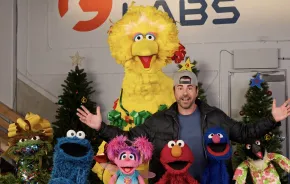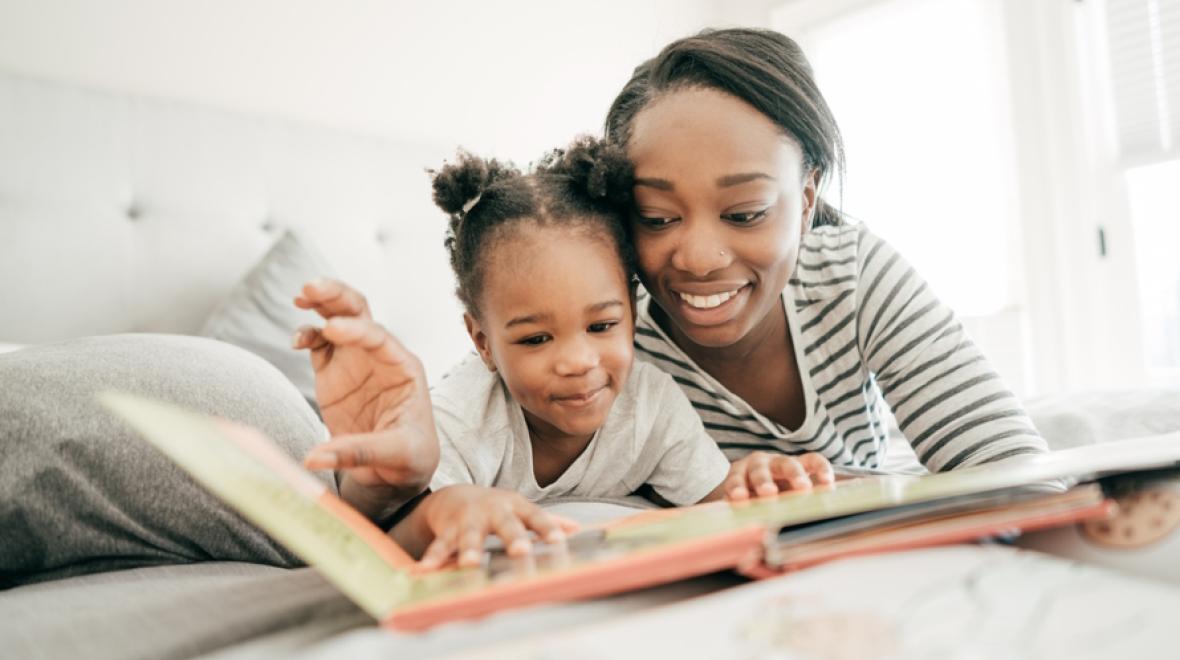
It’s Black History Month. As you think about how you’ll honor it, also consider carrying the lessons of equity, equality and diversity into the rest of your year. What's an easy way to do this? Learn more about the struggles faced by Black Americans in the United States by reading these books together as a family.
The goal of this list is to provide Black children with reminders of their history and give non-Black children the opportunity to hear that history, perhaps for the first time.
1. “Traveling Shoes,” by Alice Faye Duncan
This book tells the story of Willye B. White, a Black sprinter and long-jumper. She was born in 1939 in Money, Mississippi where she worked along side her grandparents in the cotton fields. Willye had big dreams, and when her cousins noticed she ran faster than all the other children, Willye jumped at the chance to use her talents, running for Tennessee State and then for the 1956 and 1964 US Olympic teams. This story of persistence and strength will inspire young readers to take on challenges, believe in themselves and never give up.
2. “Susie Clark: The Bravest Girl You’ve Ever Seen,” by Joshalyn Hickey-Johnson
When Susie was just 13 years old she became the first Black student in the United States to integrate a public school through a court order. Her lawsuit in 1868 gave all Iowa children the right to attend public school regardless of race, religion, nationality or any other distinction. Brown v. Board of Education — the Supreme Count ruling that desegregated schools — wasn't passed for another 86 years. This book will inspire readers of all ages to be brave like Susie and stand up when they see injustices in their own life, even when it’s scary.
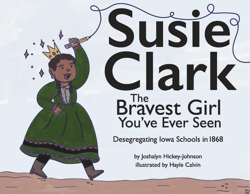
3. “Coretta’s Journey,” by Alice Faye Duncan
Coretta Scott King was more than just Martin Luther King Jr.’s wife — she was his partner in fighting for justice. From the time she was a young girl, Coretta stood up to white violence against her family and fought discrimination her entire life. This powerful story, told in poetry and prose, will introduce children to one of this county’s prominent figures in the history of activism and civil rights.
4. “Shades of Black: A Celebration of Our Children,” by Sandra L. Pinkney
“Shades of Black” provides comfort to young Black and mixed-race children who are faced with the challenge of color, hair texture and other appearance-related questions. This book reminds Black children that we come in a wide variety of packages, but we are all Black and beautiful and own a rich history.
Non-Black American society often clings to a limiting visual of Blackness, one which doesn’t accurately depict the variety of our features. “Shades of Black” discusses the concept that Blackness is as diverse a category as any other appearance-based classification.
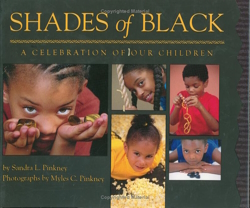
5. “The Princess and the Pea,” retold by Rachel Isadora
This delightfully illustrated book provides a light introduction to West African language and cultural customs. Although it may not depict present-day West African tradition, it serves as a reminder that Black American children hail from the rich land of Africa.
Our nation often acts as if Black culture and history began during slavery. This isn’t true. Non-Black children can read “The Princess and the Pea” as a depiction of life before the African diaspora.
6. “Last Stop on Market Street,” words by Matt de la Peña
I challenge you to not laugh as the sassy grandma of this story talks to her grandson CJ in a way only a Black grandma could. This book reminds Black Americans of the love and importance of the relationships many of us have with our grandmothers, evoking feelings of love and nostalgia.
“Last Stop” offers a glimpse at the stern yet loving relationship that exists between the young Black protagonist and his grandmother. It reminds non-Black readers that Black characters don’t have to do anything special to be worthy of being in a story — we all deserve to be represented.
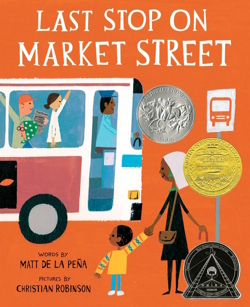
7. “Follow the Drinking Gourd,” by Jeanette Winter
Song and dance have been valuable to Black Americans as far back as we can journey in history. This book shows how slaves used music innovatively as a means to convey cultural information. As an example, many hymns tell the story of past trials and tribulations.
“Follow the Drinking Gourd” provides an example of how to use privilege to help others who don’t have that same privilege. It reminds readers that we don’t have to stand by and watch others suffer.
8. “Freedom’s School,” by Lesa Cline-Ransome
“Freedom’s School” reminds Black youths of the struggles Black Americans have faced to get an opportunity to learn in our country.
This book informs others of the treatment Black children had to endure after slavery. It reminds non-Black readers that exclusion from opportunity based on skin color or customs wasn’t okay then and it isn’t okay now.
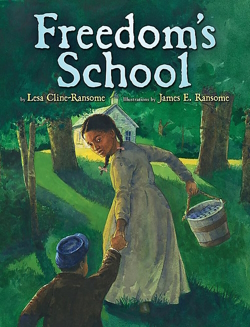
9. “How to Be Black,” by Baratunde Thurston
Everyone has an opinion about how Black people must act to be considered “Black enough.” This book is great for Black children who need humor-based relief from the world that tells us how to perform Blackness.
Blackness isn’t something that can be given or taken away. Reading “How to Be Black” will hopefully cause non-Black children to think about the comments and perspectives they have heard that limit the expression of Black children.
10. “Nelson Mandela,” by Kadir Nelson
This book discusses Apartheid in South Africa with a focus on the famous leader Nelson Mandela. It educates Black youths on this element of world history and reminds them that we have more in common with our African brothers and sisters than we may realize.
Similarly, “Nelson Mandela” conveys to non-Black children that racism isn’t just an American issue. It’s pervasive, systemic and a worldwide reality.
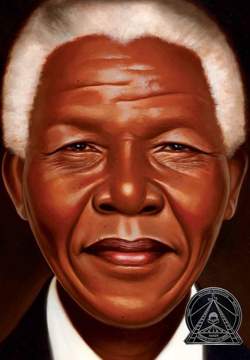
13. “Something Beautiful,” by Sharon Dennis Wyeth
“Something Beautiful” reminds young Black children that though circumstances are less than beautiful, there is always something beautiful to witness.
This book communicates to readers the resilience of many Black Americans in the face of less than beautiful situations.
14. “Ruby Bridges Goes to School: My True Story,” by Ruby Bridges
“Ruby Bridges Goes to School” discusses the integration of an American public school in 1961. Many of us, myself included, are too young to imagine a world where the color of our skin dictated an ability to attend school. This book explores that painful experience and celebrates the strength of a little girl who challenged the status quo.
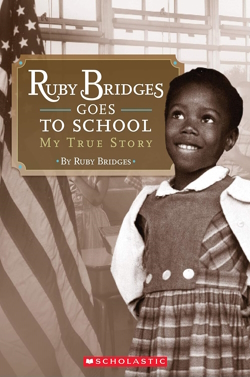
15. “As Fast As Words Could Fly,” by Pamela M. Tuck
This book provides a more in-depth and detailed explanation of the challenges faced by the children who pioneered integration. It shows the strength and resilience of Black youths who continued to attend newly integrated schools, despite facing threats and experiencing mistreatment.
Editor’s note: This article was originally published several years ago, and updated most recently in February 2024 with new books added and all links verified.
This article contains affiliate links. If you purchase products through links on our site, ParentMap may earn an affiliate commission.










